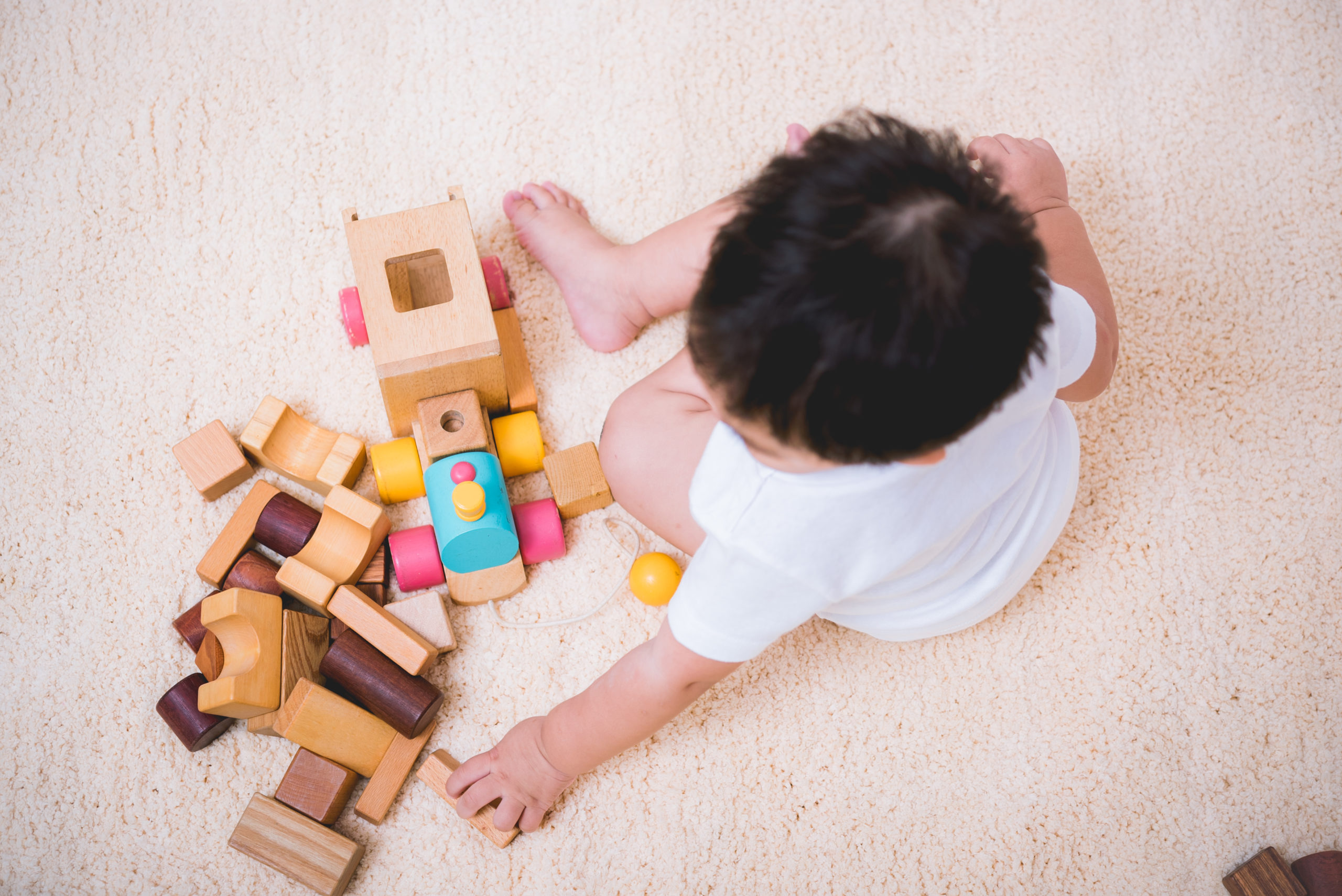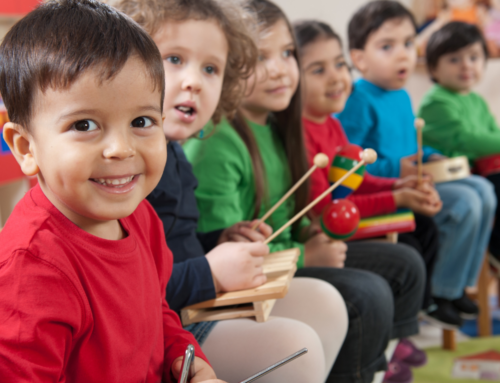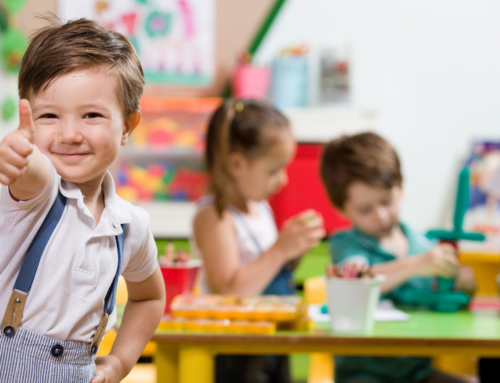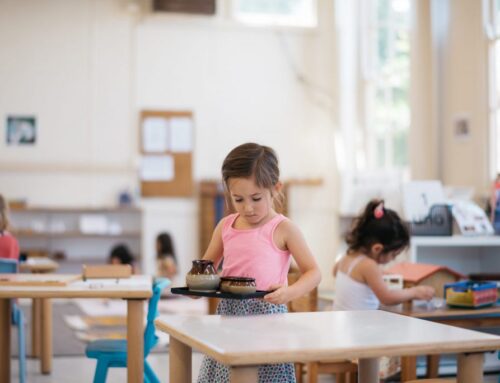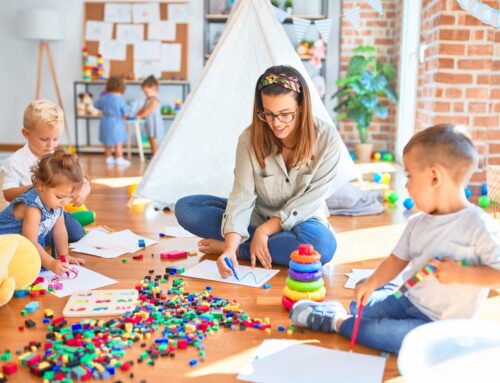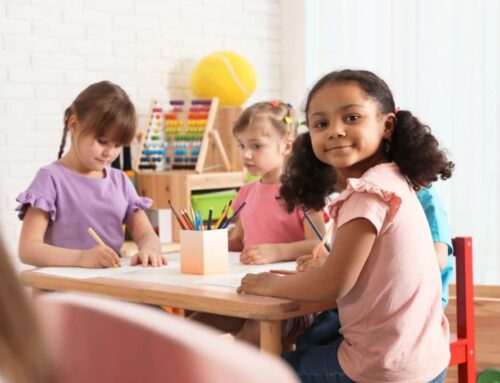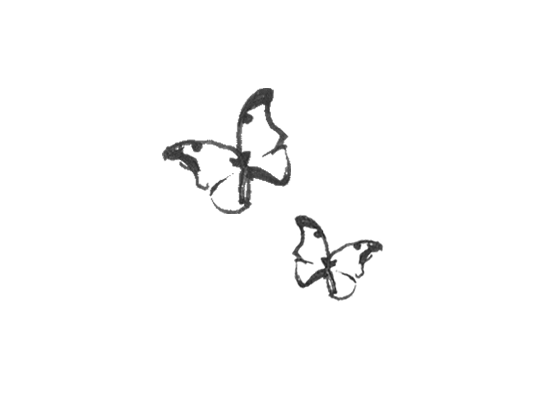There are many definitions of Montessori toys. There are some people that understand them as materials that were developed by the founder of the method – Maria Montessori. Others use the term more loosely to describe any educational toys made of natural materials.
Here are the top 2 definitions of Montessori toys:
Toys designed directly by Maria Montessori, also known as Montessori materials: These are typically close-ended toys with a single purpose to develop one particular developmental area.
A typical example would be the Pink Tower which is an iconic Montessori material that consists of 10 wooden cubes with different dimensions that is focused on the development of fine motor skills.
Toys that are in accordance with the Montessori philosophy: The origin of these toys may have nothing to do with the Montessori method, but they are in accordance with many aspects of the method.
An example would be the Pikler Triangle. Now this was not designed by Maria Montessori but it supports the child’s independence and fosters freedom of movement which makes it a great item for Montessori kindergartens or households.
The basic traits of a Montessori toy
Simplicity
One of the first things you notice when comparing Montessori toys to other toys is that they are very simple – no batteries and no interactive parts that would create artificial sounds or lights.
The main reason for this is to make the toys simple so that they don’t overwhelm the children’s minds and allow them to fully understand the purpose of the toy.
Natural materials
Whenever somebody mentions Montessori toys, it is typical to imagine a shelve full of wooden toys. While not every wooden toy is a Montessori toy, it’s true that almost all Montessori-friendly toys are wooden toys.
Wood has many benefits:
- It is a unique material that connects us to nature and provides a unique sensory experience for children of all ages. One huge feature is that they are safe and durable.
- It can be used by children from an early age.
- Wood is very environmentally-friendly and sustainable. So by buying wooden toys instead of the plastic ones, you’re also doing something for the environment.
Other examples of natural materials used in Montessori classrooms are metal, stone, cotton or wool. Of course, it doesn’t mean you won’t find any plastic toys in Montessori households, but they are not preferred if there is a natural-material alternative.
Purposeful
Another characteristic of a Montessori toy is that it has a specific educational purpose and aims at the development of one particular area.
The toys can be divided into several categories based on their focus:
-
Sensorial
-
Fine motor skills
-
Gross motor skills
-
Practical life
-
Language
-
Mathematics
-
Arts and crafts
Realistic
The Montessori method recommends using toys and books that are rooted in reality. It means it should be inspired by the world around us rather than fantasies and made-up things.
It teaches that the child’s imagination develops naturally in the first 6 years of life and doesn’t need external fantasy sources – quite the contrary, the fairytale characters can actually confuse the little children’s understanding of what’s truthful and real.
A typical example are animal toys – while figures of farm animals or safari animals are perfectly fine, the toys depicting dragons or talking bears are not in accordance with the Montessori philosophy.
At Precious Memories Preschool of Sandy Hollow PreSchool of Sandy Hollow, we offer a special place for children to not only grow and develop along the way, but a place for them to CELEBRATE each and every step. If you are interested in enrolling your child in our program please fill out the form on this page or call us at 860.572.9958

